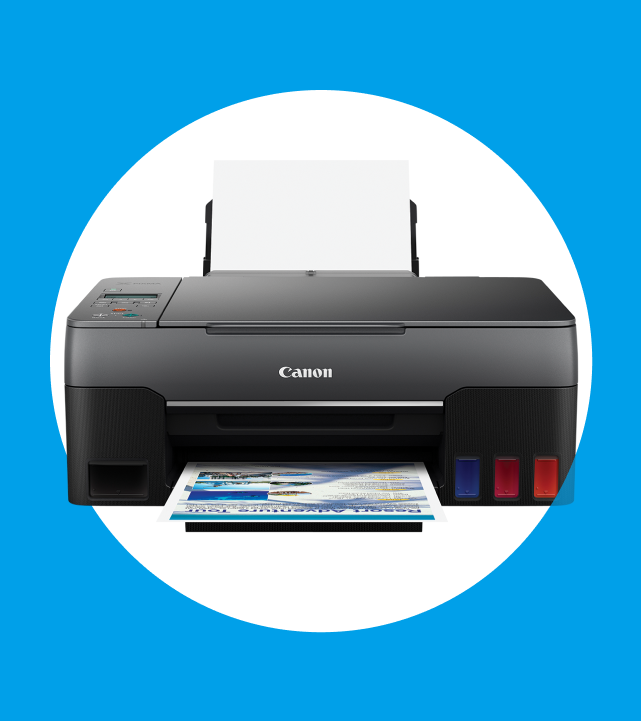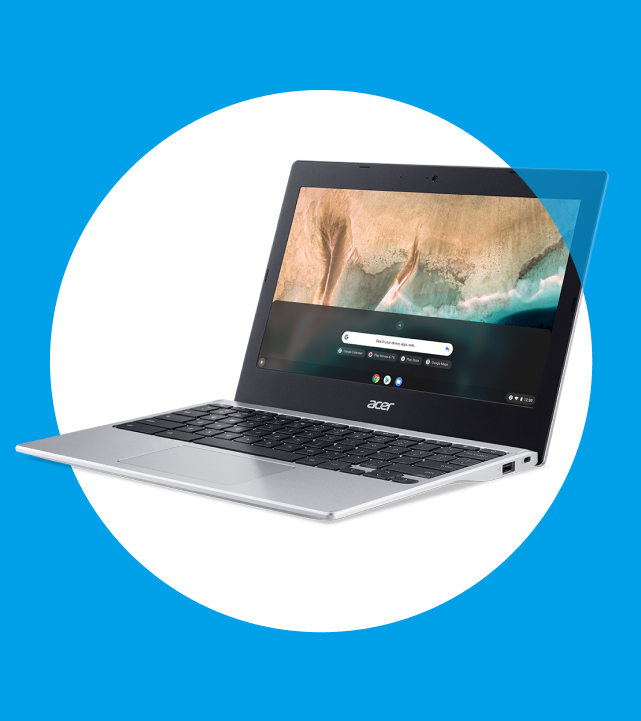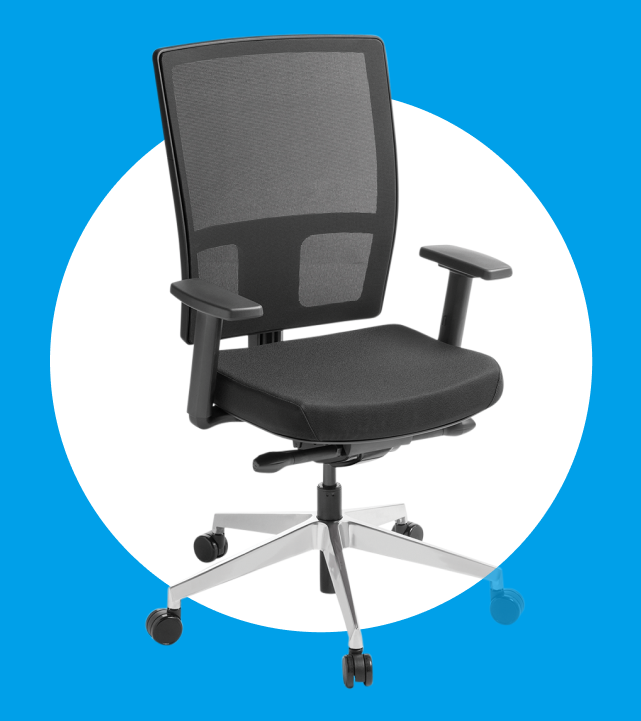GROWING PAINS
Five steps to better financial planning
Should I spend it or should I save it?

From the earliest point in our lives as financial beings, we are faced with spend / save dilemmas. For instance, should I buy that new shirt I’ve just seen while shopping online, or should I continue saving for a new iPhone?
This quandary persists in different forms throughout our business lives too. Should you spend money on a new ute for the business or save that money in case of tougher times ahead?
On the face of it, these decisions look like a straight contest between a careful, sensible approach and a carefree, even reckless, approach. But things are not always what they seem: sometimes spending now is the best long-term investment.
Top five tips for having your cake and eating it too
So what is the best option for your money? The answer, of course, depends on a number of things, including your personal, financial and business goals – which are a great place to start planning.
1. Set a goal
Setting short- and long-term financial goals is an important discipline for any business person and a great way to help your business thrive.
If you have clarity about what you want, such as:
- owning your own commercial premises,
- doubling your headcount,
- increasing your profit, or
- having enough money to live in harmony with nature on the Coromandel
then you can set short- term goals against these big objectives. If you don’t have clarity, then now is the time to start thinking.
2. Take baby steps
Remember that you don’t have to be a millionaire by 25 (let’s be honest, that bus has passed most of us by already). Even the most successful business people (think Warren Buffett) tell us that you must be patient, consistent and modest in your steps. It’s the get rich quick schemes that DON’T work.
So plan your future with achievable small steps, not a giant leap forward.
Once you have a big goal in mind, write it down along with three short-term financial steps you’re going to take in the next 12 months to help you achieve it. Repeat this process for one or two more long-term financial goals if you like. Check back in at the end of the year and see how you did. Refine and repeat until you get there!
For example, thinking about that Coromandel dream, putting $400 into Kiwisaver every week will net you an extra $340,000 on retirement if you start at age 40. (Think how much more you could have if you start even younger.) Saving this modest amount each week over the next 12 months could be one of your short-term goals towards your long-term objective.
3. Find your balance
Find ways to balance your spending between the business and other parts of your life.
For example, dinner out with your partner is an investment in your happiness and emotional well-being. You could, of course, put that money into your saving account towards a new business asset, which will hopefully generate more money in the future. It’s your call. Finding your balance and learning to own your financial decisions can be very empowering.
You can of course plan your personal happiness and life goals with your business goals – and budget a part of your income for personal things. All work and savings makes Jack an unhappy boy! You could, for example, split profit from the year into short-term personal spending and longer-term investing and / or saving.
4. Do research
Information is power and power, in this arena, means money.
Whatever your goals and financial plans, shop around and hunt out a good deal. There’s a wealth of information on things like financial investments, shares and rental properties out there, and plenty of advice available from financial planners, your parents or siblings.
Importantly, look for reputable information sources that are not driven by selling you something specific as they are probably biased. Find different sources that agree with each other and with your experience and base your financial decisions on hard data as much as possible.
Take investment funds, for instance. On Kiwisaver funds alone there can be a wide range of fees payable. For example, the ANZ default Kiwisaver fund currently charges 2.5% fees and the AMP Nikko AM Balanced fund charges 6.1%. If you’re interested in your own fund, you can find a comparison calculator here.
The cost of any borrowings can also make a huge difference to the true cost of any investment in your business, as this example, from our free eBook, Cash Light in a Rich World, shows:
So What difference does rate make?
Lets's assume that you need $10,000 for your business.
Here are some different financial scenarios for how much interest you will pay:

5. Start now
Even small steps towards the financial future you want will make a marked difference in the long term – and the earlier you start, the easier it is.
Also, sometimes a financial crisis is the ideal time to review the direction you’re taking. So if your credit card bill has just arrived and you’re feeling the pressure…now is the time to plan for change.
At Beany, we’re not financial advisers, but we can help you with mapping your goals, making decisions and planning related actions around this important part of your life. For more information on how to make financial decisions, our eBook, Cash Light in a Rich World, is an in-depth look at optimising and using cash flow and potential investment decisions in your business life. It’s available to download for free here and covers a range of topics about why you need cash flow for your business, where to get money and what you should look out for.



